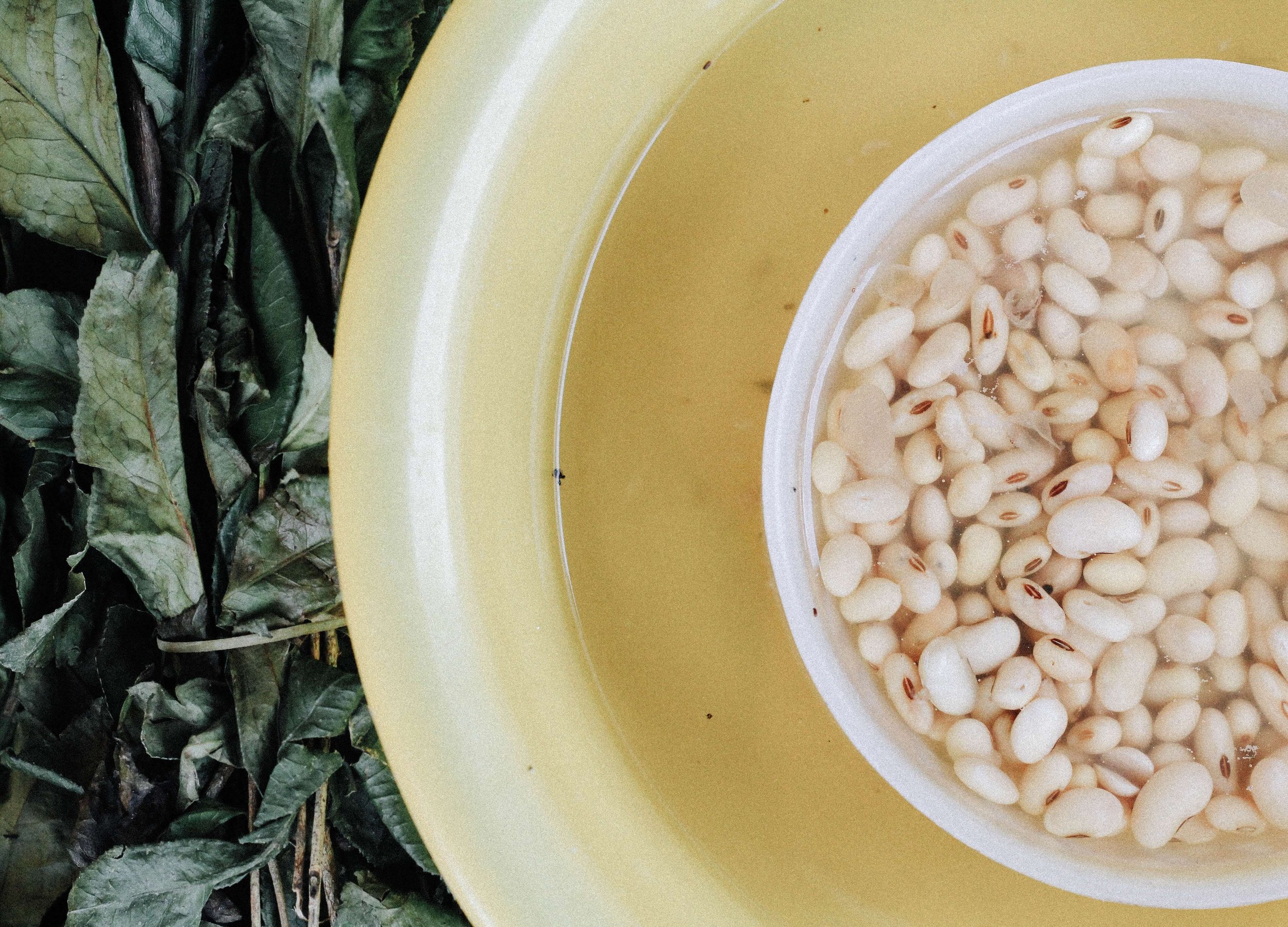A Dietitian’s Guide to Reducing Flatulence when Eating Legumes
Legumes are one of those foods you should always have in your pantry. We might all be familiar with chickpeas and black beans, but legumes also include a wide range of products: from split peas to soybeans, and even peanuts. Not only are legumes cheap, versatile and can be stored for long periods of time, they are also great sources of protein, fibre, and certain vitamins and minerals!
Alas, all good things come with a price. In the case of legumes, the price is flatulence. Thankfully, here are a few tips & tricks to help reduce this common, often uncomfortable, side effect.
Read along to find out how to eat legumes unabashedly.
The cause of flatulence when eating legumes
Gas after eating legumes primarily happens when a non-digestible sugar is fermented by the bacteria in our gut. Legumes cause gas because they contain a particular type of sugar, also known as an oligosaccharide (ex: raffinose and stachyose), that the human body cannot fully digest. The fermentation process (i.e. its digestion) produces gas, which as a result causes flatulence.
Despite these side effects, these sugars are known to be quite beneficial for our gut health as they serve as food (also called prebiotics) for the "good" bacteria in the digestive system! Interestingly, legumes are not the only foods that contain it — it is also found in foods like cabbage, broccoli, asparagus and even whole grains.
Reducing flatulence
To reduce the production of gas in our gut, we first need to remove these sugars from legumes. Here are a few ways to do this:
1. Rinse your cooked legumes
The first thing you can do is drain and rinse your legumes. Whether you are using canned legumes or soaking them from dry, some raffinose can get into the water in which the legumes are soaked in. To reduce the occurrence of bloating, discard this water and rinse your cooked legumes for good measure.
2. Cook your legumes thoroughly
Similarly, it is recommended to soak your dry legumes long enough and to cook them thoroughly. That way, more raffinose can get into the soaking water that you can afterwards discard.
3. Add baking soda to your legumes
When cooking legumes from scratch, try adding a bit of baking soda into the soaking water. This can help break down some of the raffinose in your legume and thus reduce its contents.
4. Try alpha-galactosidase supplements
Some supplements (such as Beano) are meant to help reduce flatulence when you eat legumes and other foods that contain raffinose. More specifically, they contain an enzyme that breaks down raffinose in your stomach before it reaches the gut for fermentation. These supplements are known to work very well when used as directed.
5. Eat more legumes
Typically, the occurrence of gas when eating legumes is worse only when you are just starting to incorporate them into your diet. Once you start eating legumes on a more regular basis, your body naturally adjusts and flatulence should decrease.
What’s good for the gut is good for the body.
All in all, legumes are both delicious and healthy. Don’t fear them, eat them! Here are some recipe inspiration to help you include more legumes into your diet.
What are your favourite legume-based recipes?
Pour la version française, cliquez ici.
Source(s):

